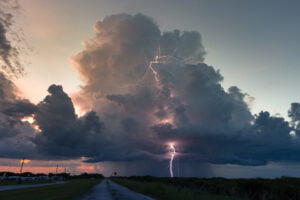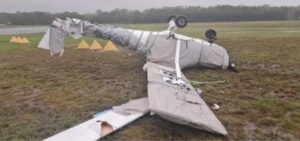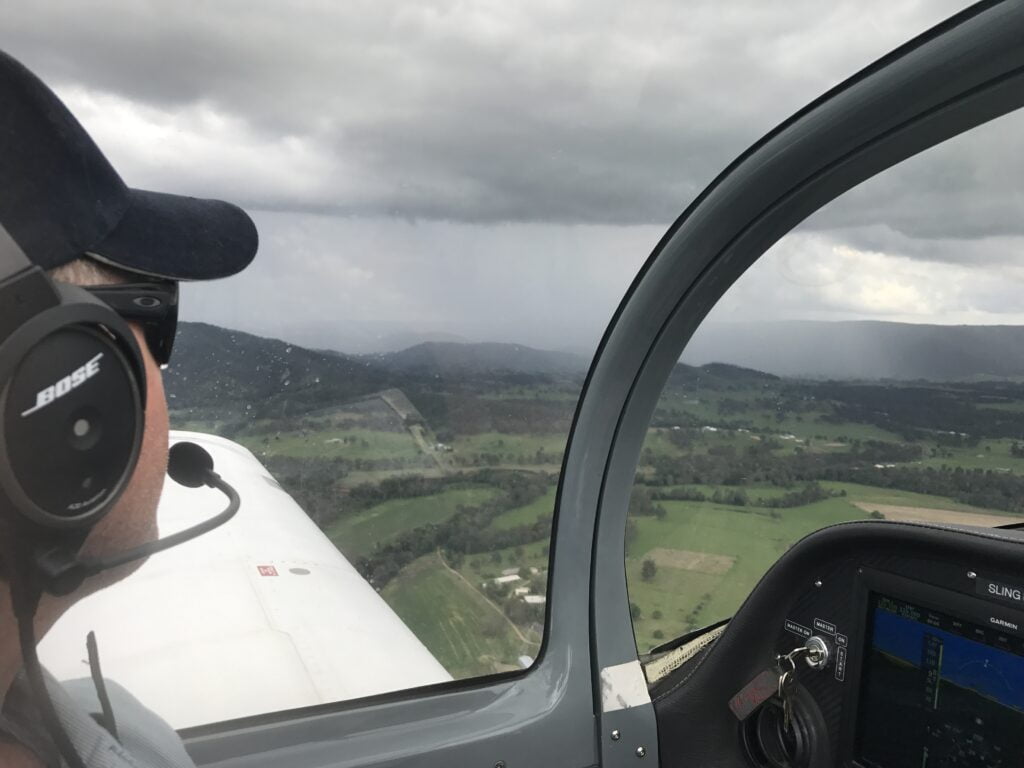What is an alternate aerodrome?
An ‘alternate aerodrome’ is another aerodrome other than the departure or destination aerodrome, that the pilot in command has selected to fly to, should the destination aerodrome not be suitable for a landing.
If an alternate aerodrome is required, the pilot in command must ensure there is enough fuel to fly from the planned destination aerodrome to the alternate aerodrome and still land with the required minimum amount of fixed reserve fuel on board the aircraft.
Why do we need to have an alternate aerodrome?
The main reasons an alternate aerodrome might be required is because the destination aerodrome has either no valid weather forecast, or the weather is forecast to reduce below the minimum required for a visual flight rules (VFR) flight. In Australia the conditions and rules can be located in the VFRG (Visual Flight Rules Guide) chapter 2 and CASR 91.235 and MOS 8.04.
It is also important to note that all alternate aerodromes must have a valid weather forecast and the weather conditions must also be above the minimum required for VFR flight.
When an alternate aerodrome is not required
There are certain conditions where an alternate aerodrome is not required and a few of these conditions include:
- When flying VFR within 50 nm of the aerodrome
- The weather conditions deteriorate below VMC conditions for a period of time at the destination aerodrome and you have enough holding fuel until conditions improve to above VMC.
Why not always having an alternate aerodrome is a bad idea
While legally you may not be required to have an alternate aerodrome, there are two main reasons (facts!) why I think it is prudent to always plan for an alternate:
- The weather forecast is not always correct.
A weather forecast is a forecast and it is not always correct. While the forecast may state that the VFR conditions will be above the minimum required occasionally this can be wrong. It’s always better to have an alternate selected on the rare occasion this happens to you when flying.

- The destination aerodrome may be closed due to an incident or accident
This is the biggest reason you should always plan to have an alternate. Unfortunately incidents and accidents occur and occasionally they occur during the landing phase of flight. A landing incident may close a runway for a couple of hours or if serious the entire day. I have personally had this happen to me twice over the last ten years where I have had to divert to an alternate aerodrome due to a landing accident at the destination aerodrome.

Even if you are flying locally, plan to have an alternate aerodrome
For the two reasons mentioned above – in particular an aerodrome closing due to an incident or accident – I always recommend planning an alternate aerodrome even if flying locally. Imagine if you decided to take your family for a local flight, only to return to the aerodrome to discover that it’s been closed due to an aircraft having a very hard landing, and you only had on board the minimum fixed fuel reserves for your flight (i.e 30 minutes reserve in Australia). You’d be in trouble.
It does not take too much time to always plan for an alternate aerodrome and it will give you that extra level of comfort knowing you have a plan should the worst occur. I love the statement: ‘prepare for the worst and expect the best’ when it comes to planning your flight.
For more information about nav and flight planning, why not take a look at our Navigation for the Recreational Pilot Easy Book.
Happy and safe flying.




